Up Close & Personal with 'Flash! The Science Behind Intuition' Dr. Anne Watson @post_hypnotic #upcloseandpersonal
Up Close & Personal is one of The Writer's Life newest and fun features. We feature authors who don't mind spilling the beans and telling what it's really like to write, get published and sell that book. Today's guest is Dr. Anne Watson, author of the nonfiction, FLASH! THE SCIENCE BEHIND INTUITION. You can visit Dr. Watson's website at http://www.dr.annewatson-russell.com.
On Writing…
I became a writer when I became angry.
I was thirteen, living in England, going to a girls-only grammar school. Every day I would
meet with slightly older beatniks in the Crusader Coffee Shop (located across
the street from the BBC Studios), where we discussed greed and nasty men
screwing up the world, and then collaboratively wrote blank-verse poems to
submit to the school poetry magazine, laughing that our
antidisestablishmentarianism tracts got published within our conservative
school.
One Saturday we joined a Ban The Bomb protest on Ealing
Common, my first of many protest marches. We marched because we were afraid. We
feared unleashed destruction from more atomic bombs (after Hiroshima). However, marching and shouting got us nowhere. We got no
commitments from local authorities to send our message to Whitehall. The Mayor (a female) was dismissive of us. Heart of
stone. How could she not see the unnecessary danger to our lives? Was she
blind? What did we have to do to promote our cause?
I was angry enough to write a play. The idea was to produce
the play and have audiences see what it is like to live under the threat of
nuclear war. The play was called, There Must Not Be a Bomb, and was
about a young girl dropping out of school to have an illegitimate child, losing
her whole life, only to lose her child in a bombing.
The play never got produced, but it speaks directly and
clearly to my feelings of injustice and anger as a teen. These feelings still
resonate now I am in my 70’s. What the hell are we doing even making bombs? I
am still angry about that.
On Being
Published…
So,You Have to Go To Court! was the first book I got published. My co-author, Wendy
Harvey, Ll.B, was a longstanding friend of mine who was now (in the 1980’s) the
Special Prosecutor in Child Sexual Assault Cases at the British Columbia (BC)
Attorney General’s Office. I was teaching then at UBC in the Educational
Psychology and Special Education Department. Wendy knew I was developing a
series of children’s books from my studies in early language development, so
that children would learn to read what they can say. Because of this interest
in writing for children, Wendy came to me with the idea of a book that could
stand as orientation for young sexual assault witnesses, so she wouldn’t have
to spend so much of her time taking kids on the court tour and explaining what
an oath is, what a judge is, what a trial is, and going over all things related
to court appearances.
I loved the idea. Wendy fed me the procedures and I wrote
in such a way that kids as young as 6 could read or understand everything they
were about to face.
When Draft One was ready, Wendy and I read it together. We
cried. Each of us had young daughters at the time. Each of us knew there would
be no way in hell we would proceed to court with our own daughters as
witnesses. Never would we submit them to the soul-searing, self-damaging
experience from facing lawyers and judges who would tear them apart, which is
how it was back then. What to do?
We decided to include as many opportunities as we could for
the witnesses to feel empowered by court. We added things like, “If you can’t
see over the bench, ask the judge for a cushion”, “if they want you to come
back to court on an important school day, tell them another day would be
better”, and most importantly, “if there is someone in the room that makes you
feel bad, let the judge know and you will be able to give your evidence in a
different room”.
Within months of Butterworths publishing the quickly
best-selling book, we heard that children were saying to judges, “The book
says…” and judges were responding appropriately. Soon, we had to go into a 2nd
edition, then a 3rd, because the procedures were improving as a
result of the book.
Then, the happiest scenario came when we no longer needed
the book, because there was now a new profession called Victims’ Assistance
Worker in all courtrooms across Canada. These workers oriented the child witnesses and empowered
them. That’s exactly what we wanted when we wrote the book.
Our gratitude towards Butterworths for publishing this
little book was huge, and they in turn feted their best-selling authors. It was
an extraordinary experience.
On Publishing
Industry…
When I published my first book, there were two literary
agents in Canada. At that time, almost every publisher would look at
submissions. Decisions to publish were made on a book’s merit and its potential
to make money. Not a lot of people back then thought they were writers. Those
who did put planning and effort and talent into their output. Readers may not
have liked every book they skimmed, but the choice was about style and subject,
not about ability to write cohesively.
Nowadays, there are a gazillion agents. Most don’t respond
to query letters. Publishers won’t look at submissions except via agents.
(Given the average annual writer’s salary of $10,000/yr, having to pay 15% off
the top to an agent seems usurious.) Today, everyone thinks they are a writer.
There are online courses to teach people how to “write their story”. With no
representation, writers now self-publish. After that, those who can market their
own book can get a good run of sales (I have a Psych Doctor friend who spent
$18,000 in PR costs to make $13,000 in sales on a self-help book). But it takes
a big house behind a book to bring it to best-seller levels.
There are so many books and, due to cell phones/internet, a
dwindling number of book readers.
It has also become difficult to choose a book because now
writing ability enters into the reader’s choice, and the quality of
self-published work is often abysmal.
The BIG publishing industry has become so distant from
non-established writers so as to be unattainable.
I pitched my latest book, FLASH! The Science Behind
Intuition, to my current publisher, Post Hypnotic Press, in person when we
both attended the same reunion. It was a right decision for me, and a very
lucky meeting for us both. .
Mistakes Along
the Way…
I made the mistake of thinking all the PR for my latest
book would be handled by the publisher. It is, and has to be, a collaborative
effort. I know that now.
On Marketing…
I have tried book launches and talks on my topic. I find it
a lot of work, postering, running FB ads, to fill a presentation room, but when
I do, it’s a great talk… inspiring! But, the talks result in very few
sales, for some reason. I think because I give away too much of the book in the
talk, so why buy the book?
I have tried getting people whose work I always support to
come to a talk and buy a book. No go.
It is a science book, so it’s not going to appeal to
everyone, but it has been way too difficult to sell the books I have sold.
On Goals and Dreams…
I have been working for 5 years on a screenplay called A
Thousand Reasons. My dream is to get that sold and produced, then start
working on a book I published in 2011, Uneven Bars, to edit it ready to
translate into a screenplay.
It is my dream to write every day. I am living the dream.
About the Book
If we have intuitions (and we do) where do they come from? Where, in us, do they arrive? What, in us, allows us to receive and interpret them? And why? Why do we get them?
Fourteen years of research, often waiting for the science to catch up with a vision sent to me by the Universe, these questions are answered in lay terms for the wonderment and affirmation of those interested in energy from another plane.








































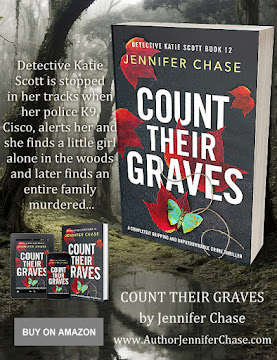

















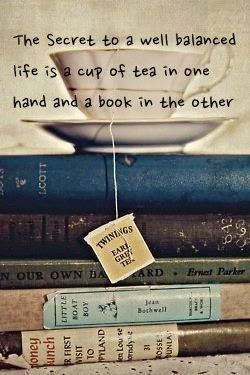












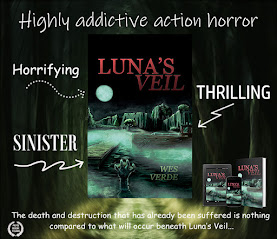
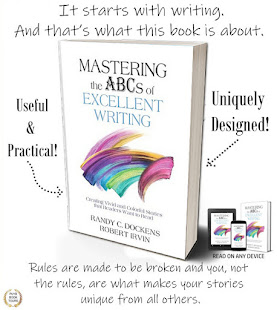
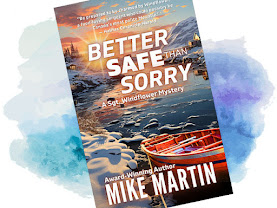
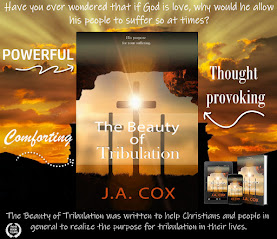



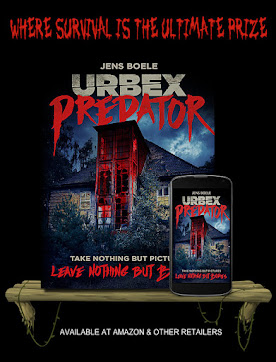









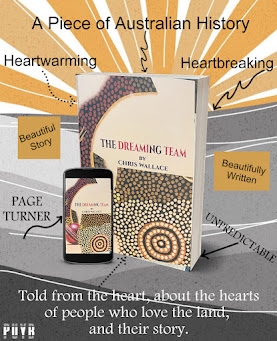

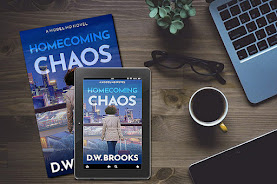


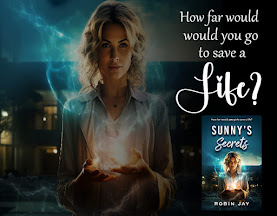




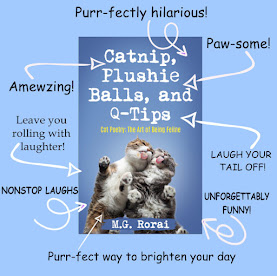



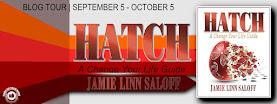

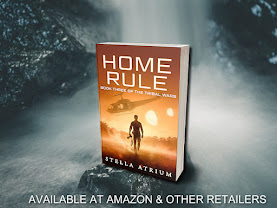

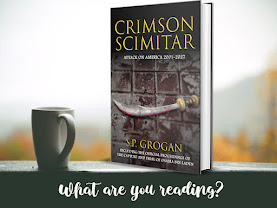


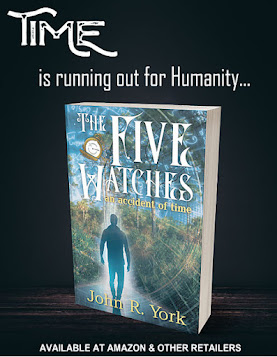

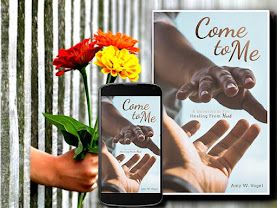



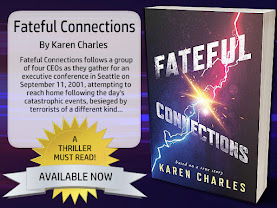


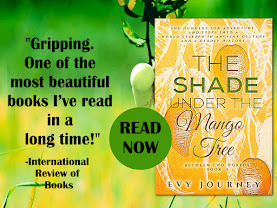

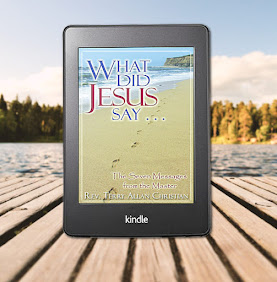

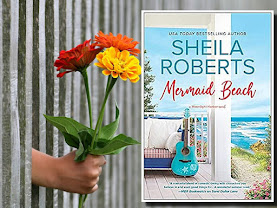



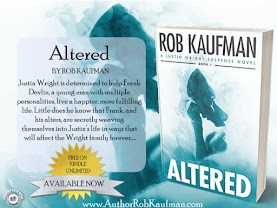
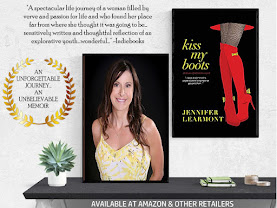
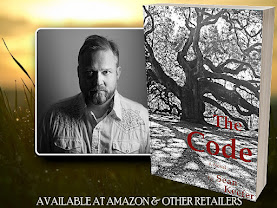

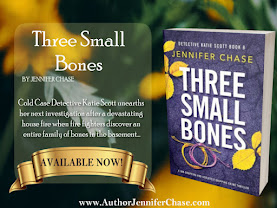

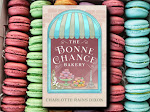
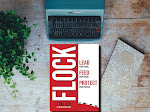


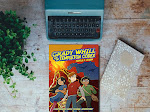


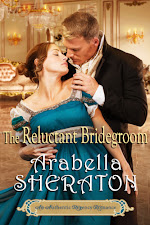
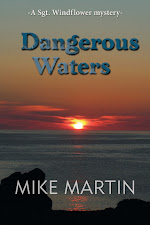

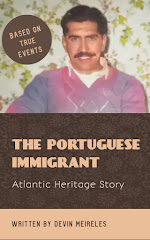

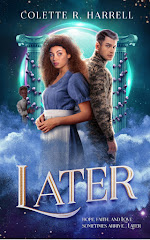
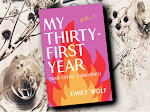
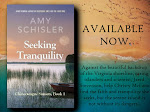


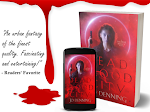


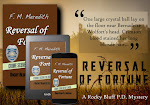

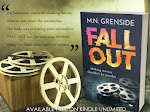


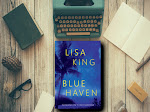




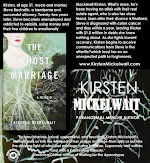

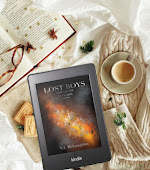
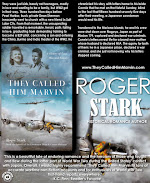

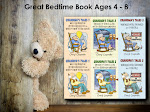

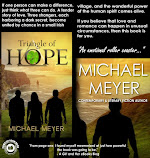
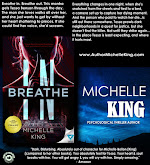
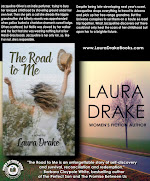


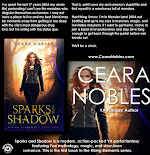
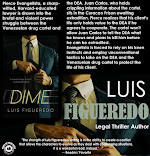

























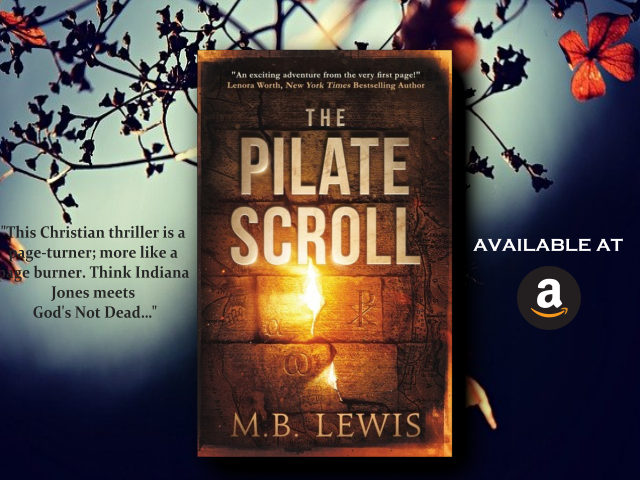













Leave a Comment